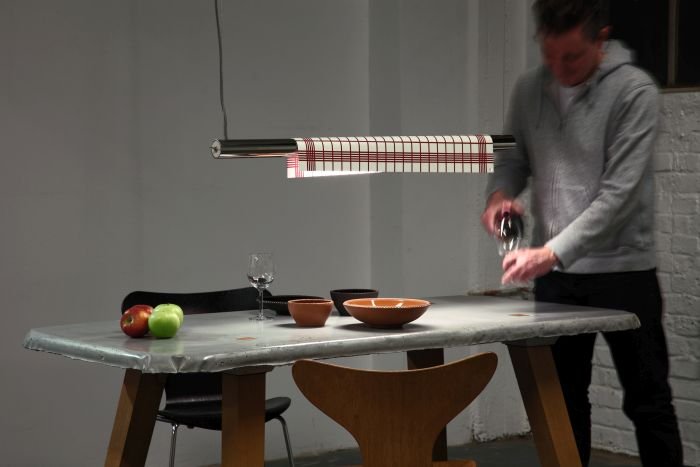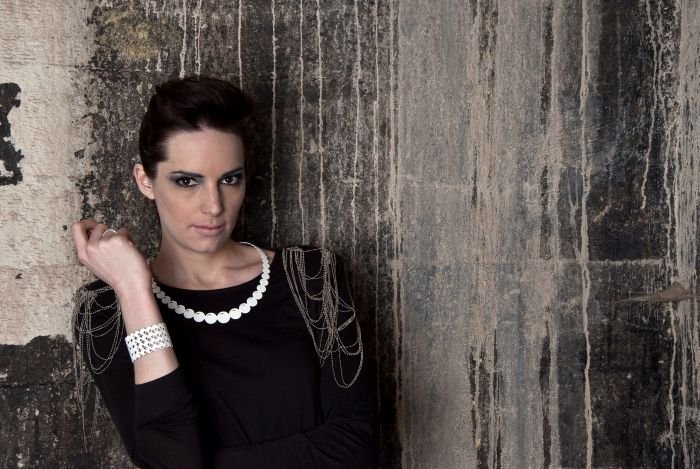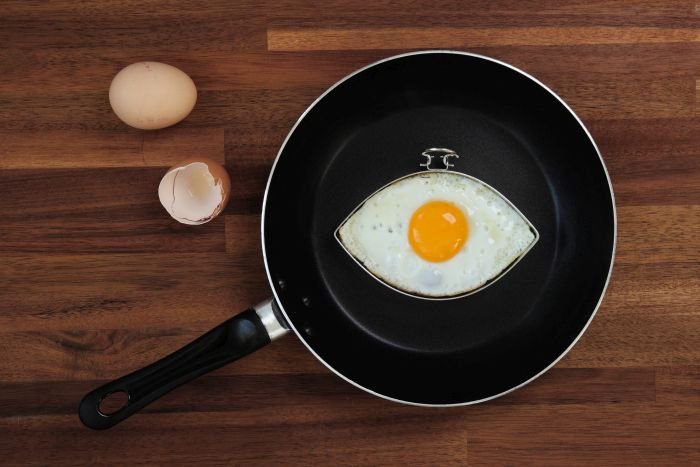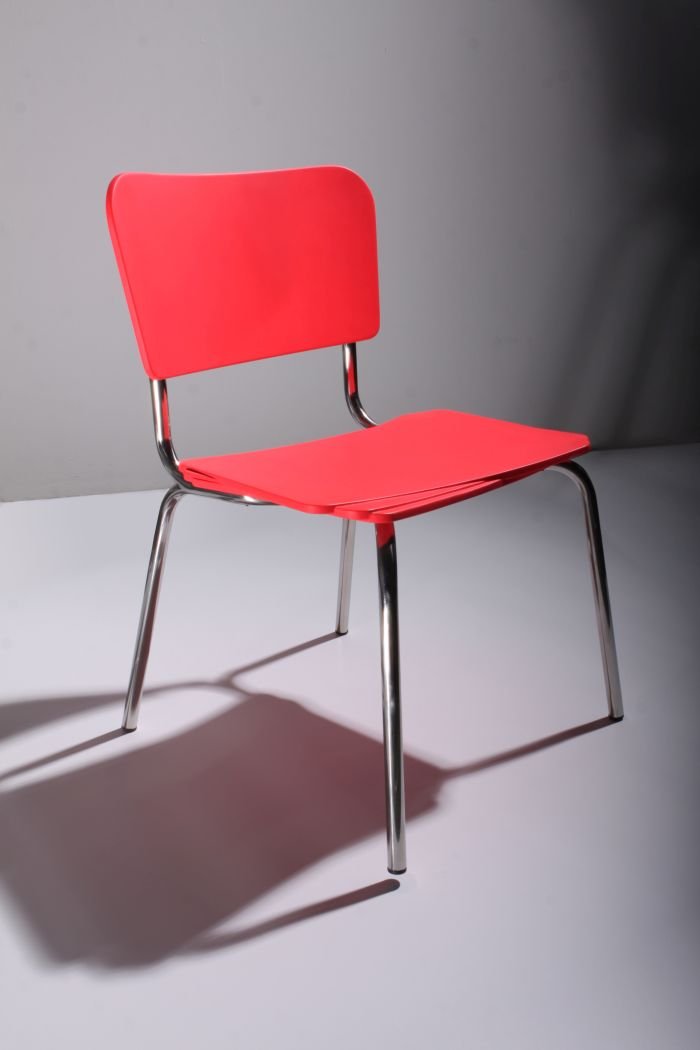Aachen is famous for its Cathedral, its Rathaus, as a sedes regia, Royal seat, and coronation location of Germanic monarchs for 600 years, and its confectionery.
But for its design?
The network Designmetropole Aachen aim to change that, through both promoting the work of Aachen based designers in exhibitions and events, and also through being a network, a variagted structure in which local creatives support local creatives. Among Designmetropole Aachen's current projects is as co-curators of the exhibition LuForm - The Design Department at the Ludwig Forum Aachen, an exhibition which has just received its fourth Update.
To find out more about LuForm, and creativity in and around Aachen, we met up with Designmetropole Aachen co-initiator Fabian Seibert.
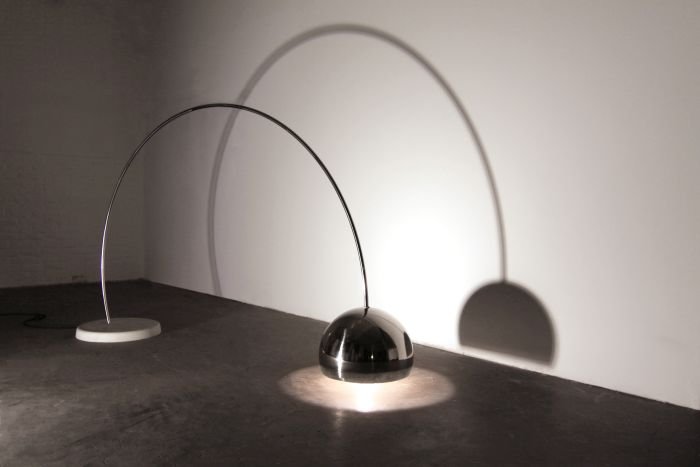
A graduate of both the RWTH Aachen and the Maastricht Academy of Fine Arts, Fabian Seibert established his own studio, Sülzkotlett, in Aachen in 2005, and from where he has developed a wide ranging portfolio of product, jewellery, furniture and lighting projects, both as Sülzkotlett and in collaboration with Patricia Yasmine Graf under the label Graf Seibert, and a portfolio of projects characterised by the multi-layered nature of the objects, objects where an initial impertinent ostentatiousness quickly gives way to a more subtle humour or social/cultural comment. Works such as the Suicide jewellery collection or Psycho furniture collection delving deep into the human psyche, while the Tea Towel Lamps are a much lighter piece of observation, the Communicator elastoplast complete with Swarovski rhinestones being both critical and humorous. Arguably always the best approach.
In 2017 the Ludwig Forum Aachen approached Fabian Seibert in context of his role in Designmetropole Aachen with an invitation to develop a new exhibition concept, both as a platform for local creatives, and also to encourage a more heterogeneous spectrum of visitors into the museum; the result is LuForm - The Design Department, a showcase of projects by designers from the tri-nation Holland/Belgium/German region in a social media-esque presentation format, and to which new objects are regularly added, the existing objects, as with existing social media posts, being pushed towards the back of the exhibition/timeline. Displaced rather than replaced.
We met up with Fabian Seibert in the LuForm exhibition to discuss creativity in region and Designmetropole Aachen, but began by asking about the LuForm concept......
Fabian Seibert: On account of Irene and Peter Ludwig, Aachen in the 1970s was one of the major European centres for contemporary art. At that time they exhibited their collection in the Neue Gallerie and that in a very open, accessible fashion, far removed from the conventional art galleries of the day, where the works were distant, where in a way you were made to feel unworthy in their company, but rather it was much more informal and, for example, they would have opening parties in the galleries, so amongst the exhibits. And so we considered that an evolving exhibition concept, something similar to social media, with regular Updates, was a good format to reintroduce that more informal, more direct way of engaging visitors, in that through the Updates we aren't limited to just one versnissage but can have a higher frequency of events and openings and thus bring this social aspect back. And because contemporary design is not just industrial design but also includes communication, video, craft, fashion and projects approaching art, we can bring something new into the museum, and hopefully new visitors, without moving it too far away from its principle focus on contemporary art.
smow Blog: And who decides on the Updates, and for all how is that decided?
Fabian Seibert: We have a jury of five made up of representatives from Designmetropole Aachen, the museum and the Gestaltung faculty at the Fachhochschule. We all gather ideas and then we meet, more or less, every two months to discuss the next Update, which isn't necessarily a case of just agreeing each others suggestions, but rather is a very real debate. Some members, for example, are the opinion that only works by those designers who are a little bit established, have a small portfolio of interesting projects, have in a way proven themselves, should be exhibited, whereas I am the opinion that even if someone realises nine meaningless works and only one interesting work, a work that is relevant and meaningful, then that has just as much right to be here.
smow Blog: Such regular Updates means, presumably, that the preparation time for each is relatively short........
Fabian Seibert: .......disastrously short! Because of the difficulties in arranging an appointment for five people we generally meet at the last minute, meaning that requests to designers for objects are also last minute. Fortunately most of the designers are young, have the necessary works at hand and are able to supply them at short notice.
smow Blog: Updates also means that existing objects get pushed towards the back. The space here isn't limitless, does that mean objects will eventually vanish, have objects already vanished....?
Fabian Seibert: Objects will, yes, eventually vanish, unless we build an extension! A few things have however already been removed because the designers needed them for other exhibitions or other purposes. Most of the objects on display are one-offs or only exist in small numbers and so when the designer needs them we have to let them go.
smow Blog: The one thing we instantly notice is that you have a mix of designers from across the tri-nation region. Was that deliberate from the start?
Fabian Seibert: Very much so, and what I especially like is the contrast between Germany, Belgium and the Netherlands, the schools approach design teaching in totally different ways and this I think is reflected in how the designers then approach their work. The Dutch academies, for example, still, largely, use a system of giving grades based on how far the student has pushed themselves rather than what resulted, and consequently the Dutch students tend to produce more conceptual works. In Germany such a system was phased out in the 1970s, because it meant one couldn't compare grades, and now in Germany everything is much more based on industrial design, is more competitive, doesn't necessarily allow the students to develop their own signature, and the work of German students tends to reflect this, tends to be much more recognisable as products, something, potentially, commercial.
smow Blog: And as someone who has experienced both systems, where do you stand?
Fabian Seibert: I believe you can only create things based on your own personal experiences. That the things you create are rarely 100% new but rather new combinations of existing works based on how you experienced them and your wider experiences of the world, and so in that sense I find the Dutch system very interesting, because design is not like engineering where there is one perfect solution, but there are potentially unlimited solutions and you must choose that which you consider to be the best. And if you want to defend your idea, be that to your professor or a potential customer, you have to have learned how to do that, using your own words, with your own expression of your experience and emotions. However on the other hand the German system makes more sense economically, makes it much easier to get a job, which is no bad thing!
smow Blog: And given the geographic proximity, are there good networks between the three countries?
Fabian Seibert: It varies, there is always a little bit of a language barrier with Belgium, but with Holland that is much easier and, for example, around a third of the students in Maastricht are German. But to try to improve the relationships last year, together with partners in Holland and Belgium, we organised a de-central design festival, the Hello Design tour, across the three countries, and the second edition of that will be taking place in October.
smow Blog: Which brings us neatly to Designmetropole Aachen, what is the background, why did you establish the network?
Fabian Seibert: By mistake! The Dutch method of teaching, always having to justify why you made a particular decision or did a particular thing a particular way, can make working for a large company quite difficult, you become very independently minded and a little stubborn. Consequently, most Germans who study in Holland establish their own studios, many here in the region, and so there are almost as many small design studios in Aachen as in Berlin. But whether in Berlin or Aachen the problems for small design studios are always the same, be it questions of tax, financing projects, arranging exhibition stands, rules for exporting products, and Designmetropole Aachen began simply as a platform for exchanging such information, so not about design, but the daily realities of running a small design studio. And then it grew, and grew.....
smow Blog: And as designer is Aachen a good place to be based?
Fabian Seibert: Aachen should be the perfect set-up, not least because from the university come lots of high-tech start ups, and they should work with designers. As engineers they may have the technical skills, but designers can help bring the touch and feel, the emotion, to a product or help rethink the production process, or develop trade fair stands. But such only happens very rarely, and when then often only at the end of the process when making changes is invariably difficult and expensive.
smow Blog: The classic case of the designer gets to choose the colour.......
Fabian Seibert: Exactly! It's this situation again of engineers being trained to look for the one perfect solution, which is always the technical solution, and not being as open as designers are to more subjective alternatives. If you think, for example, about the first iPod, the on/off button light faded, wasn't just on or off, but fade in and faded out, it felt like a living thing in your hand, something with which you connected. An engineer would never have achieved that, yet that is one of the things that helped Apple establish their brand, and so it would be good if the engineers in Aachen were more open to what designers can offer.
More information on Fabian Seibert and his work can be found at http://suelzkotlett.de/
